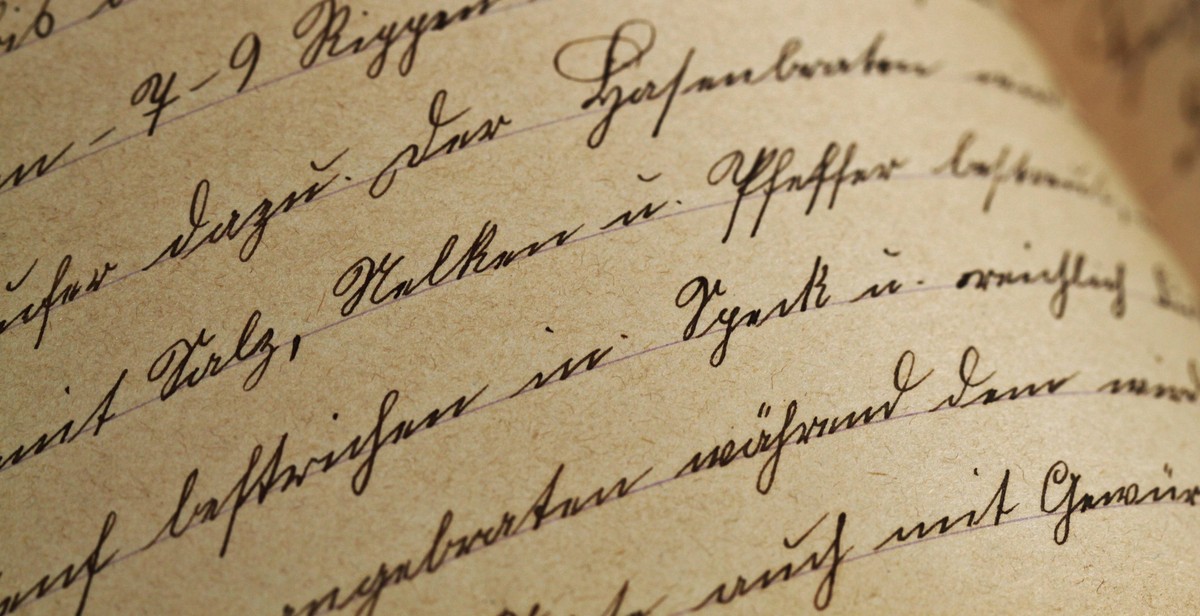How to Choose the Right Fonts for Your Design Projects: Enhancing Readability and Aesthetics
When it comes to design projects, choosing the right font is just as important as choosing the right colors or images. Fonts play a critical role in enhancing the readability and aesthetics of any design, and can make or break the overall look and feel of your project.
Why Choosing the Right Fonts is Important?
The right font can help you communicate your message more effectively, while the wrong font can make your message difficult to read and comprehend. Fonts can also evoke certain emotions and feelings, and can help establish your brand identity.
For example, a bold and modern font might be perfect for a tech startup, while a more elegant font might be better suited for a high-end fashion brand. Additionally, choosing the right font can help you create a hierarchy of information, making it easier for your audience to navigate your content.
Overall, taking the time to choose the right font for your design project is crucial. It can help you create a more effective and visually appealing design, while also communicating your message in a clear and concise way.

Understanding Font Families
Font families refer to a group of fonts that share similar design characteristics. In typography, there are four main font families: serif, sans-serif, script, and display fonts. Each of these font families has its unique features, making them suitable for different design projects.
Serif Fonts
Serif fonts are characterized by small lines or flourishes at the end of each stroke. These fonts are commonly used in print media such as books, newspapers, and magazines due to their readability. Serif fonts are further divided into old-style, transitional, and modern serif fonts. Old-style serifs have a classic and traditional feel, while transitional serifs have a more modern and refined look. Modern serifs, on the other hand, have a sleek and elegant appearance.
Sans-Serif Fonts
Sans-serif fonts do not have the small lines or flourishes at the end of each stroke. These fonts are more modern and contemporary in appearance and are commonly used in digital media such as websites, apps, and social media. Sans-serif fonts are further divided into grotesque, humanist, and geometric sans-serif fonts. Grotesque sans-serifs have a bold and straightforward appearance, while humanist sans-serifs have a more organic and natural feel. Geometric sans-serifs have a minimalist and geometric design.
Script Fonts
Script fonts are designed to mimic handwriting and cursive writing. These fonts are commonly used in invitations, greeting cards, and logos to add a personal and elegant touch. Script fonts are further divided into formal, casual, and calligraphic script fonts. Formal script fonts have a more traditional and classic appearance, while casual script fonts have a more relaxed and informal feel. Calligraphic script fonts have a more ornate and decorative design.
Display Fonts
Display fonts are designed to be used in large sizes and are commonly used for headlines, titles, and logos. These fonts are often decorative and attention-grabbing, making them suitable for design projects that require a bold and expressive look. Display fonts are further divided into serif display, sans-serif display, and script display fonts. Serif display fonts have a more ornate and decorative design, while sans-serif display fonts have a more modern and bold appearance. Script display fonts have a more elegant and refined look.
| Font Family | Characteristics | Common Uses |
|---|---|---|
| Serif | Small lines or flourishes at the end of each stroke | Print media such as books, newspapers, and magazines |
| Sans-serif | No small lines or flourishes at the end of each stroke | Digital media such as websites, apps, and social media |
| Script | Mimics handwriting and cursive writing | Invitations, greeting cards, and logos |
| Display | Designed for large sizes and attention-grabbing | Headlines, titles, and logos |

Factors to Consider When Choosing Fonts
Choosing the right font for your design project is essential to enhance readability and aesthetics. Here are some factors to consider when selecting fonts:
Readability
The primary purpose of any font is to make the text easy to read. Therefore, when selecting a font, it is essential to consider its legibility. A font that is difficult to read can make your content unappealing and drive away your audience. Choose a font that is easy to read, even at smaller sizes.
Aesthetics
Fonts play a significant role in the overall look and feel of your design project. Therefore, it is essential to choose a font that complements the aesthetics of your design. Consider the design elements such as colors, shapes, and images and select a font that blends well with them.
Brand Personality
The font you choose must align with the brand personality. The font can communicate a lot about the brand’s tone, values, and personality. For example, a tech company may opt for a modern and sleek font, while a law firm may choose a traditional and classic font.
Audience
It is crucial to consider your target audience when selecting a font. Different age groups, cultures, and demographics have different preferences and expectations when it comes to fonts. Therefore, select a font that appeals to your target audience.
Medium and Platform
The medium and platform you use will also influence your font selection. For example, a font that works well on a website may not be suitable for print materials. Consider the medium and platform you will be using and choose a font that is appropriate for it.
Font Pairing
Pairing fonts is an essential part of design. A good font pairing can enhance readability and aesthetics. When pairing fonts, consider the contrast between the fonts, the font size, and the font weight.
| Font Pairing Example |
|---|
 |
Overall, selecting the right font is crucial to the success of your design project. Consider the above factors when selecting a font to enhance readability and aesthetics.

Tips for Choosing the Right Fonts
Choosing the right fonts for your design projects can make a significant difference in enhancing readability and aesthetics. Here are some tips to help you select the perfect fonts:
Start with a Mood Board
Before you begin selecting fonts, create a mood board to gather inspiration and ideas. The mood board should include images, colors, and typography that match the overall feel and style of your project. This will help you narrow down your font choices and ensure that they align with the project’s mood and tone.
Limit the Number of Fonts
Using too many fonts can create confusion and distract from the overall design. Limit yourself to two or three fonts that complement each other and create a cohesive look. For example, you can use one font for headings and another for body text.
Contrast is Key
Contrast is essential when it comes to choosing the right fonts. The contrast between the fonts should be noticeable enough to create a visual hierarchy and make the text stand out. For example, pairing a bold font with a light font can create an excellent contrast that enhances readability.
Consider the Hierarchy
Consider the hierarchy of your text when selecting fonts. Headings should be larger and bolder than body text, and subheadings should be smaller than headings. Using different font sizes and weights can help create a clear hierarchy that guides the reader’s eye through the text.
Test the Fonts on Different Devices and Platforms
Test the fonts you’ve selected on different devices and platforms to ensure that they are readable and look good. The font you choose may look great on your computer screen but may not be legible on a mobile device or in print. Testing the fonts beforehand can save you time and ensure that your design looks great across all devices and platforms.
By following these tips, you can select the perfect fonts for your design projects that enhance readability and aesthetics.

Conclusion
Choosing the right fonts for your design projects can make all the difference in enhancing readability and aesthetics. The font you choose can convey a certain mood, tone, and personality to your design, and impact how your audience perceives your message.
When selecting fonts, consider factors such as readability, legibility, contrast, and hierarchy. Be mindful of the type of project you are working on and the audience you are targeting. Different fonts have different purposes and are suitable for different types of projects.
It’s also important to understand the technical aspects of fonts, such as font families, weights, and styles. This knowledge can help you make informed decisions when choosing the right font for your project.
Remember to experiment with different font combinations and layouts to find the perfect match for your design. And don’t forget to test your design on different devices and screens to ensure that your font choices are legible and visually appealing.
In conclusion, choosing the right fonts is an essential part of any design project. By considering the factors mentioned in this article and experimenting with different font combinations, you can create designs that are both aesthetically pleasing and easy to read.
